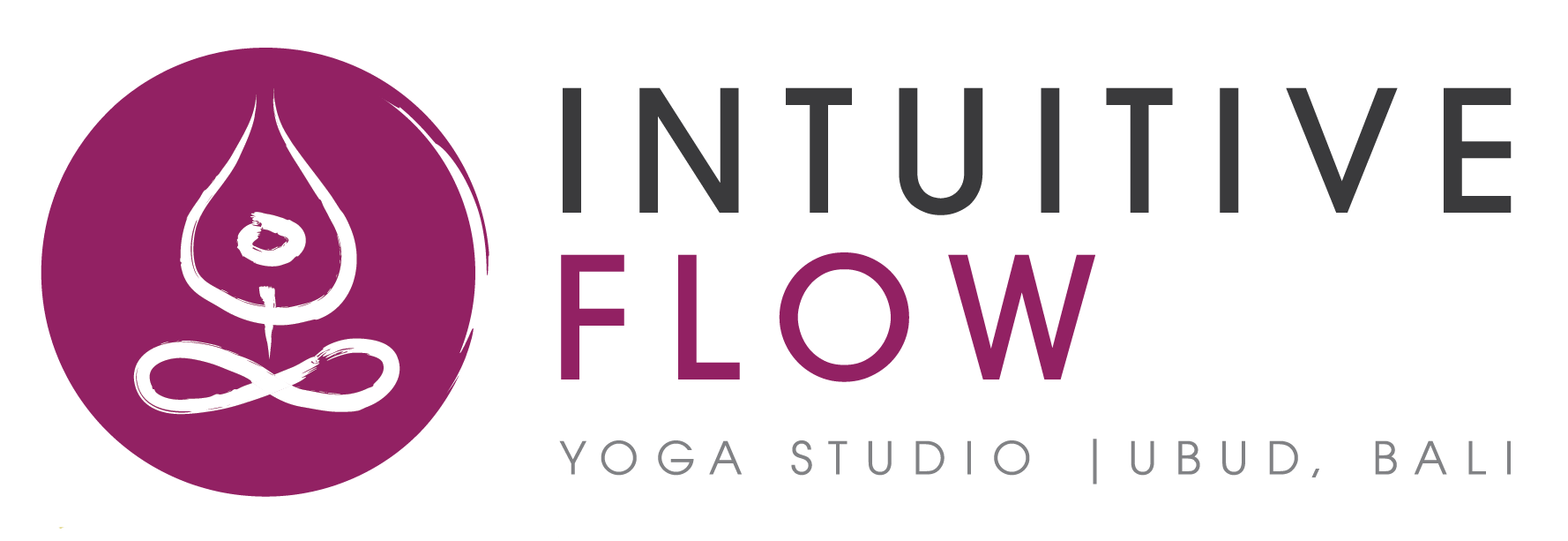13 May What is a sankalpa?
For many of my students the best part of my yoga class is the practice of Yoga Nidra or psychic sleep. Yoga Nidra a very deep relaxation. At the beginning of this practice, yogis and yoginis are given the opportunity to make a resolve. A resolve is a brief positive statement repeated three times about something that is important to them. It’s a bit like a resolution and it is called in Sanskrit a ‘sankalpa.’
In the Western world we often make a resolution at the start of the year that we will try to do certain things to improve our lives during the coming year. These New Year resolutions often fail because we make them from a place within us that states we are not good enough in some way and we think that we need to acquire things to make us a ‘better person.’ When we make a resolution with our intellect, it rarely brings result.
A Sankalpa is a resolve, (or resolution if you will,) which can be also made before any sadhana or beginning of any yogic practice, before meditation, or even at the start of our day. The idea of repeating a sankalpa is to create the life we are meant to embrace and enjoy. The purpose is to transform one ‘s life physically, mentally, emotionally and spiritually. When made on a mind that is calm and relax, the sankalpa is impressed on the subconscious. We then plant the seed of our sankalpa at the deep level of our soul, knowing that when the time is right, in the divine timing, this is what we will be experiencing in our lives.
Kalpa means vow or promise, and should be the rule to be followed above any other. San refers to an association with the highest validity. Sankalpa is then a vow and a commitment we make as a cornerstone to support our highest truth. A sankalpa should respect and uphold the deeper meaning of our life and is a declaration you can call upon to reinforce your true beliefs and guide the choices you make through life. The sankalpa should be a short and positive statement and commitment you make to yourself, and should be repeated three times, ensuring that you do so with feeling and commitment and thinking of higher power as your witness.
There are two kinds of sankalpa:
• The first one being a statement you make about something which is already in place, for example, ‘I am at peace with myself,’ or ‘I am healed.’
• The second kind of sankalpa is to set a specific intention or goal, which you hope to aim for. This could take the form of setting yourself milestones, or mini goals, in order to help you achieve your ultimate goal within a time frame set only by you.
So what sort of sankalpa is right for you and how will you benefit from it? Before you decide on your sankalpa, spend a few days meditating and thinking carefully about your life and where you want to go. Think about how usual resolutions make you feel when they all too often get abandoned within a few days or weeks of making them. This is generally because they are results oriented which is where creating a sankalpa is different. By switching the focus, you create your own goals, which do not need to be specific.
Think of a short sentence or phrase for your sankalpa. Make sure not to make restrictions based on apprehension, or what if? Instead of using something like “I want only fulfilment and pleasure this year,” consider “I am happy and open to whatever life may offer me.” It is said that the greatest of all sankalpas is to awaken the kundalini who dwells in mooladhara chakra and makes its headway through sushumna.
Here are some suggestions of sankalpas given by swami Satyananada Saraswati in his book “Yoga Nidra”:
• I awaken my spiritual potential
• I am a positive force for the evolution of others
• I am successful in all that I undertake
• I am more aware and efficient
• I achieve total health.*
Be aware that change doesn’t happen overnight, and if things don’t work out, don’t criticize yourself. Just give yourself a gentle reminder of your good intentions. However, you need to be steadfast in your resolve and ensure that your sankalpa becomes as much a part of your daily routine as brushing your teeth. Use it as a mantra during Pranayama, post a reminder of it on your computer or phone screen, and repeat it to yourself quietly before going to sleep. You will soon reap the benefits of its daily use.
* In the book Yoga Nidra by Swami Satyananda Saraswati, he uses ” I will” in his affirmations but I personally prefer to use the present tense rather than the future tense for affirmations. This is a personal choice and I mean no disrespect.


